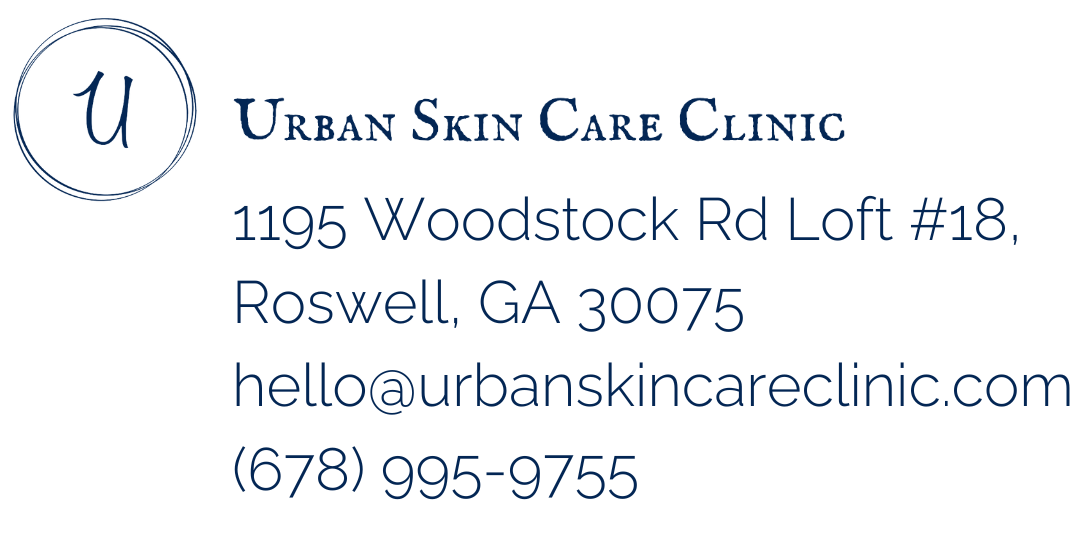Hyperpigmentation and Melasma: A Practical Guide to Fading Spots Safely (Without Wrecking Your Barrier)
Start With the Right Diagnosis
Not all dark spots are the same.
- Sun/age spots (lentigines): Isolated, usually tan-to-brown.
- Post-inflammatory hyperpigmentation (PIH): Follows breakouts or irritation; can look brown, purple, or gray depending on skin tone.
- Melasma: Typically symmetrical across the cheeks, forehead, or upper lip; influenced by hormones, heat, and UV.
Get a professional evaluation before starting an aggressive plan—especially if you have a deeper complexion or melasma tendencies, which require extra care.
Home-care ingredients that actually help
- Vitamin C (or stabilized derivatives): Antioxidant brightening—pair with SPF every morning.
- Niacinamide (4–5%): Calms the look of redness and helps reduce uneven tone.
- Azelaic acid (10%+): Well-tolerated for sensitive and acne-prone skin; helpful for PIH and redness.
- Retinoids: Support cell turnover and even-looking tone over months (go slowly to protect the barrier).
- Daily SPF 30–50: Essential. Treating spots without sunscreen is like trying to drain a sink with the faucet still on.
What to skip: Lemon juice and DIY scrubs can irritate and worsen PIH. Unsupervised high-strength peels at home are risky for deeper skin tones.
Professional options in Roswell, GA
- NeoSkin by Aerolase® (gentle laser): A conservative, customizable approach we use for melasma-prone skin and global brightening. We tailor parameters to your tone and sensitivity, often combined with home brighteners.
- Chemical Peel Series: We offer a wide variety of professional peels and match the acids to your skin tone and goals.
- Adjunct care: We may add LED Therapy to support calmer-looking skin and treatment tolerance.
Heat, Hormones, and Habits: The Melasma Trifecta
Melasma is particularly sensitive to heat (think: hot yoga, steam rooms, and even cooking over high heat). Pair sun care with a heat-aware lifestyle: wear a hat outdoors, choose shade when possible, and keep the skin cool after workouts.
Building a safe 12-week plan
- Weeks 1–4: Gentle cleanser → vitamin C → SPF (AM).
Cleanser → Mandelic Serum → moisturizer → retinoid 1–3×/week (PM). Strict sun protection. - Weeks 5–8: Introduce your first in-clinic step (for example, a gentle peel) and evaluate if NeoSkin is appropriate. Adjust home actives based on tolerance.
- Weeks 9–12: Continue a series or maintenance sessions. Layer in spot-specific care only if the barrier is happy.
FAQs
How long until I see fading?
Expect gradual improvement over 6–12 weeks; melasma takes a conservative, long-game strategy.
Is laser safe for melasma?
NeoSkin can be used conservatively for melasma-prone skin, but not every laser or setting is right for everyone. We take an inclusive, safety-first approach.
Will peels thin my skin?
Professional peels exfoliate surface layers without thinning deeper structures when performed appropriately.
Your next step
Want an expert, barrier-respectful plan? Book a melasma and pigmentation consultation in Roswell, GA (Greater Atlanta area). We’ll map out home care and a gentle in-clinic series tailored to your skin tone and lifestyle.



